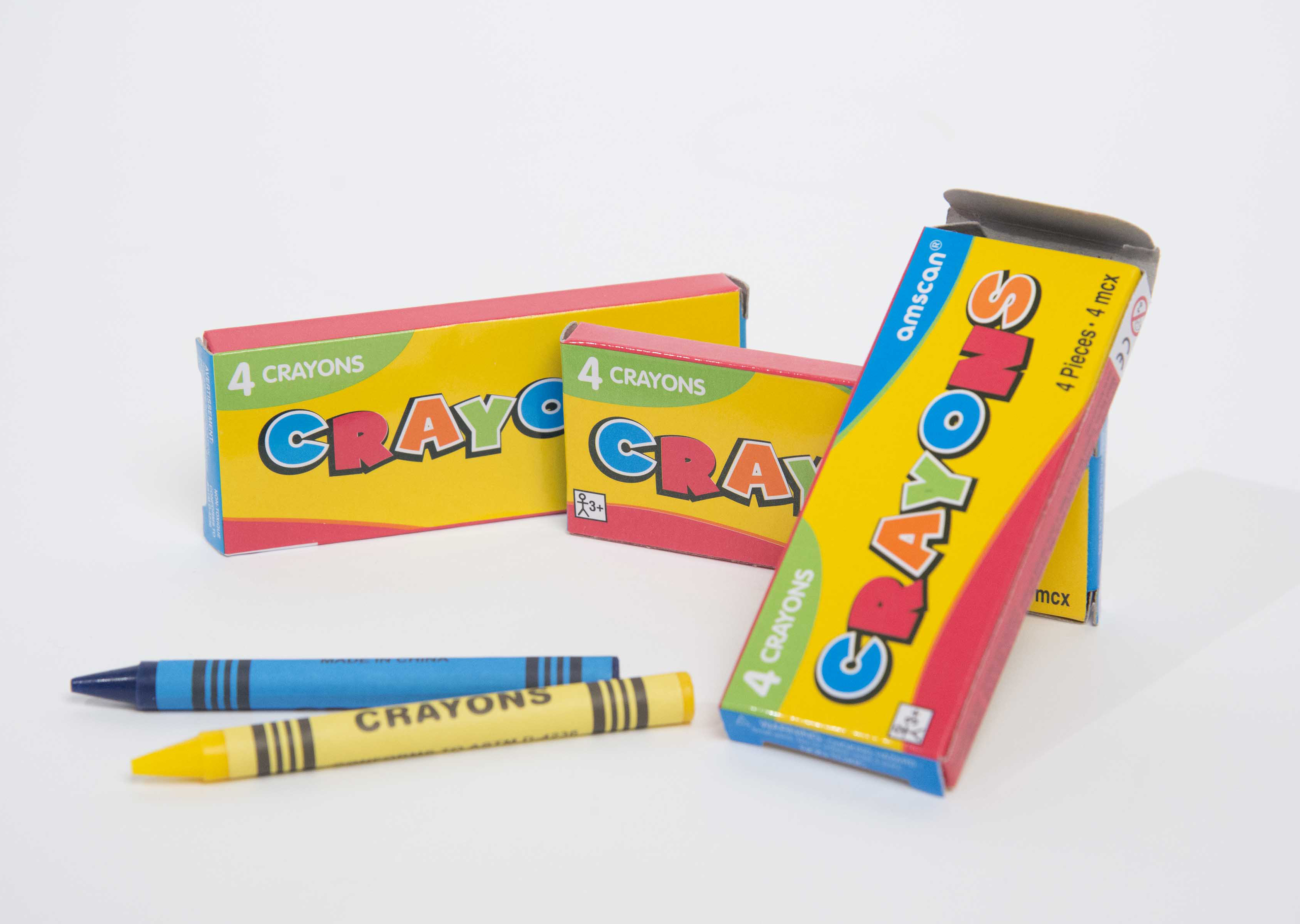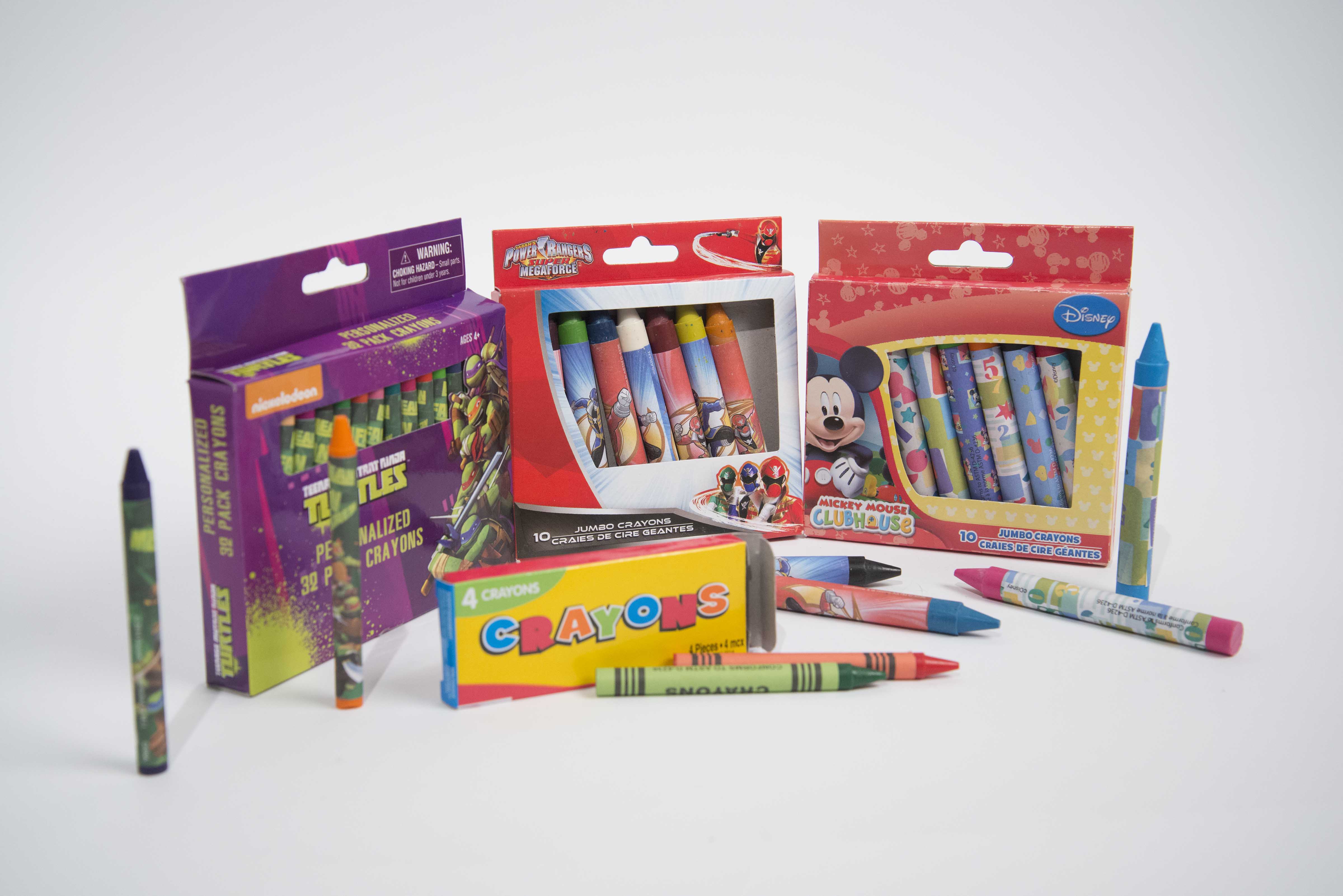
Traces of asbestos — a known carcinogen — were found in children’s toys that were made in China. Today the EWG Action Fund released results of tests showing four brands of crayons and two kids' crime-scene fingerprint kits contained asbestos fibers.
“We tested these children’s toys knowing that in the years 2000 and 2007, asbestos was found in crayons and crime-scene toys. We are particularly worried about the loose powders in the loose fingerprint powder. Asbestos fibers can lodge in a child’s lungs where they remain for decades and can develop into an asbestos related disease,” said Sonya Lunder, Senior Research Analyst with EWG Action Fund and author of the study.
The toys were purchased at Party City, Dollar Tree, Toys R Us and online at Amazon, and the asbestos-tainted brands are:
- Amscan Crayons
- Disney Mickey Mouse Clubhouse Crayons
- Nickelodeon Teenage Mutant Ninja Turtle Crayons
- Saban’s Power Rangers Super Megaforce Crayons
- EduScience Deluxe Forensics Lab Kit — black fingerprint powder
- Inside Intelligence Secret Spy Kit — white fingerprint powder

Lunder notes that roughly 80 percent of children’s toys are imported from China and that voluntary actions from major companies to ensure that asbestos isn’t in their products isn’t enough. “We need permanent actions to get asbestos out of children’s products,” she said. The United State and Canada are the only two industrial nations that have not banned asbestos, said Linda Reinstein, President, CEO and co-founder of the Asbestos Disease Awareness Organization.
This is especially worrisome for parents. “Children are more susceptible to toxics, because they are growing very rapidly and they have more rapid cell changes than adults. Children are going to live a long time and diseases caused by asbestos have long latency periods,” said Dr. Richard Lemen, PhD, MSPH, former assistant Surgeon General of the United States and nationally recognized expert in the area of asbestos exposure.
Parent Heather Von St. James was diagnosed with an asbestos-related illness called mesothelioma at age 36 when her own child was three months old.
She said, “I was exposed when I was 9 years old. I was given 15 months to live unless I did something drastic, which included having a lung removed and undergoing chemo and radiation. I worry every single day about daughter’s health. She could get this disease by doing a childhood pastime such as coloring. Parents shouldn’t have to worry when a child is doing something as simple as playing.”
Local toy sellers are paying attention to the study. “None of the toys on the Asbestos Nation website are carried by Top Ten Toys,” commented Allen Rickert, owner of Seattle-based Top Ten Toys. “If we had products from these tests, we would pull them, of course. We do our best to source our products from reputable companies that we can trust."
Rickert continued, “Hopefully, we will get some clear science and better regulation in the Toxic Substances Control Act reform bill before the U.S. Senate.”
Can we keep kids safe from asbestos in toys?
With the news of these latest tests, parents will wonder how to turn their worries into action. “There are several things parents can do. Parents want to know what to buy. We can point to [the example of] Crayola: [when asbestos was detected in their crayons in the year 2000] they promised not to use talc, the product that contained the asbestos,” said Lunder. (The EWG Action Fund tests included eight samples of Crayola crayons, none of which contained asbestos or fibrous talc.)
Lunder said that we can’t expect parents to take on the responsibility of keeping their their kids safe from toxic substances. She urged parents to ask their representatives in Congress to pass the READ Act, which would create an up-to-date database on products that contain asbestos.
Stay tuned to the EWG and EWG Action Fund social-media platforms, which give people ways to advocate for public-safety laws that will either regulate or ban asbestos.











